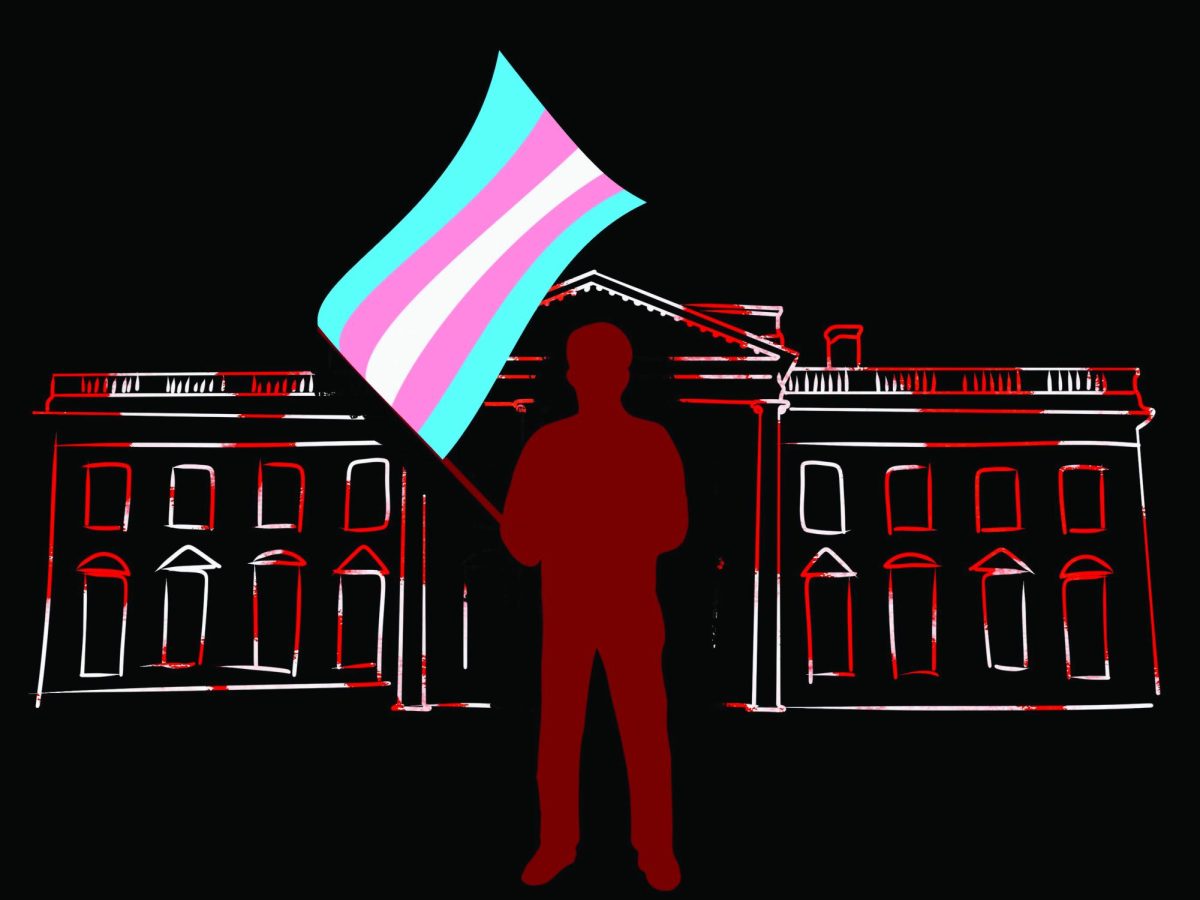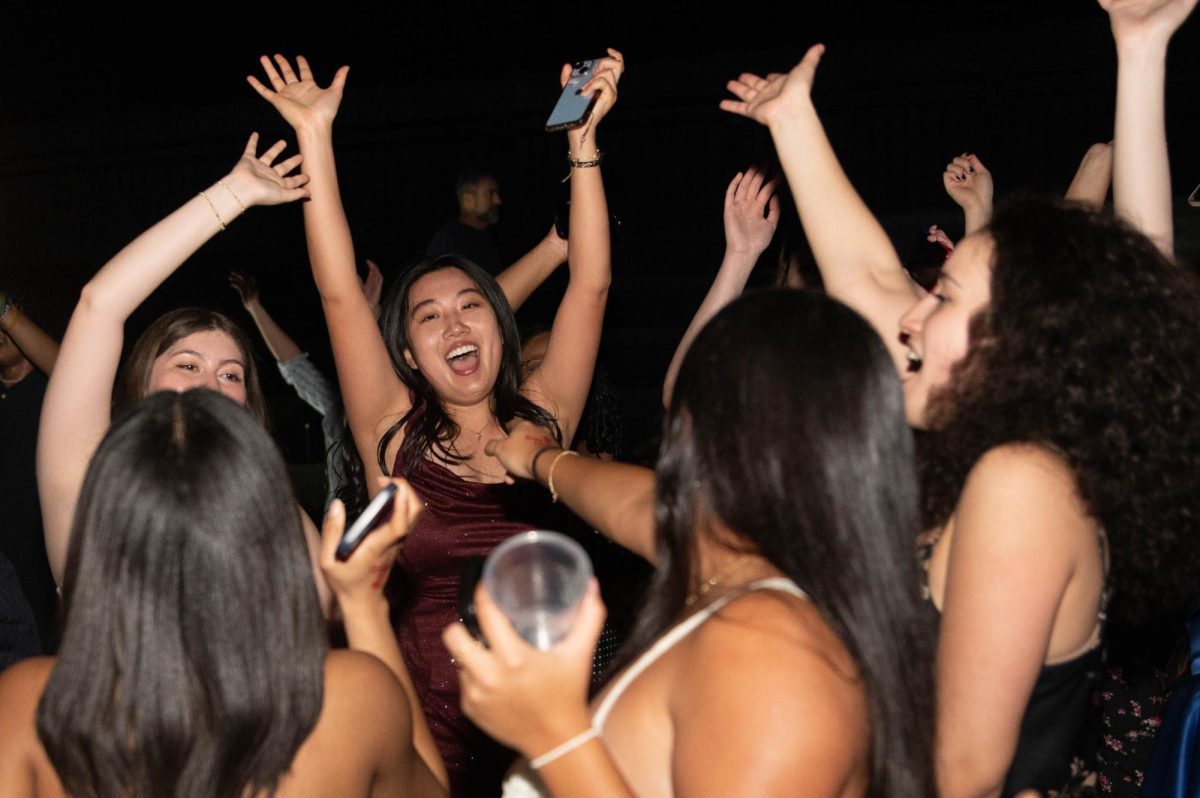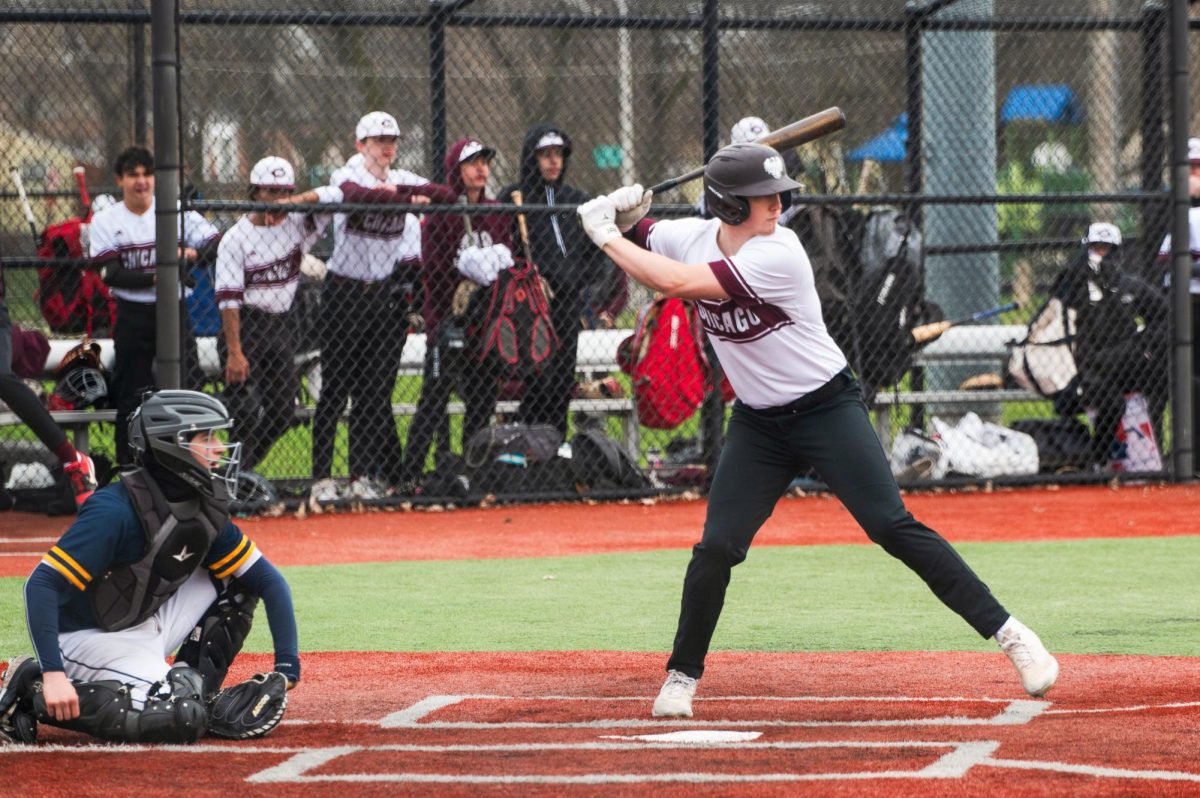For teenage boys, contradictory opinions on “masculinity” and what it means have been a longstanding issue. From political figures such as JD Vance and Sen. Josh Hawley claiming masculinity is suppressed and under attack to social media influencers offering tips on how to act and be perceived as more masculine, U-High students have been left to find personal definitions of masculinity.
New York University professor Niobe Way has been studying behavioral psychology since 1988. Her book, “Rebels with a Cause: Reimagining Boys, Ourselves, and Our Culture,” discusses masculinity and the identity crises it creates for young boys.
Dr. Way argues that “masculinity” is traditionally equated to “hard” attributes: stoicism, determination, and aggressiveness, while “femininity” is traditionally equated to “soft” attributes: empathy, thoughtfulness, and appreciation. She says that her research has shown that humans need both soft and hard attributes to function.
Contradictory online information and portrayals of “masculinity” in popular culture have led young people to develop certain senses of masculinity and femininity. Dr. Way’s research has shown that some of these definitions of masculinity can even be damaging to teenagers.
Sophomore Saahir Patel feels many people conflate two different concepts: manliness and masculinity.
“Masculinity is more about being strong, independent, and holding others up, while manly is more about being tough and stoic and unemotional and not reactive,” Saahir said. “Masculinity, in a negative sense, is usually just a misinterpretation of what it means to be masculine, because masculinity isn’t, like, a look or a sound.”
Saahir’s definition of masculinity is, in part, inspired by observing and learning from his father.
“My dad … demonstrates what it means to be a father, and I aspire to be like him if — maybe when I have children later in my life,” Saahir said, “because I think he demonstrates masculinity very well.”
Like Saahir, sophomore Caleb Richards also defines masculinity as having so-called masculine traits. Ever since he was young, he has been exposed to videos about masculinity and online influencers discussing masculinity.

“Of course, I’ve seen it all around. It’s kind of an internet thing,” Caleb said, “but there’s always going to be a community for it.”
According to senior Zarak Siddiqi, one troubling aspect of masculinity, or at least the expectations to be masculine, is the sense of homophobia he has seen among men in his community and online. He’s noticed the use of the term “gay” as an insult among boys and men.
“A lot of internalized homophobia is in the community,” Zarak said. “You do something that’s, like, not considered manly, ‘you’re gay.’”
Zarak has also noticed that men are often stereotyped in relationships and over-sexualized.
Ian Taylor, an English teacher and father, has tried to raise his son and daughter contrary to stereotypical masculine and feminine roles, which he considers a social construct.
“[I’ve taught my son] to be kind, to be vulnerable, to talk about the things that are bothering him,” Mr. Taylor said. “Those are the kinds of things I’ve done to not perpetuate this idea of maybe toxic masculinity.”
Dr. Way wants to spread the message she’s found from her research: By embracing both what is stereotypically considered masculine and what is stereotypically considered feminine, teenage boys avoid hurting themselves.
“When you grow up — as a boy in particular — it harms you when you can only emphasize half of your humanity,” Dr. Way said.
She feels that the pressure to constantly be masculine leads to mental health problems, difficulty having friends and overall struggles in life.
Even after 40 years of research, Dr. Way still encounters similar challenges and perceptions around young men. For generations, the question of what masculinity means and what masculinity is has troubled young men, and with the spread of social media and pop culture, she feels this issue has been brought to the forefront for many male-identifying students to deal with.















